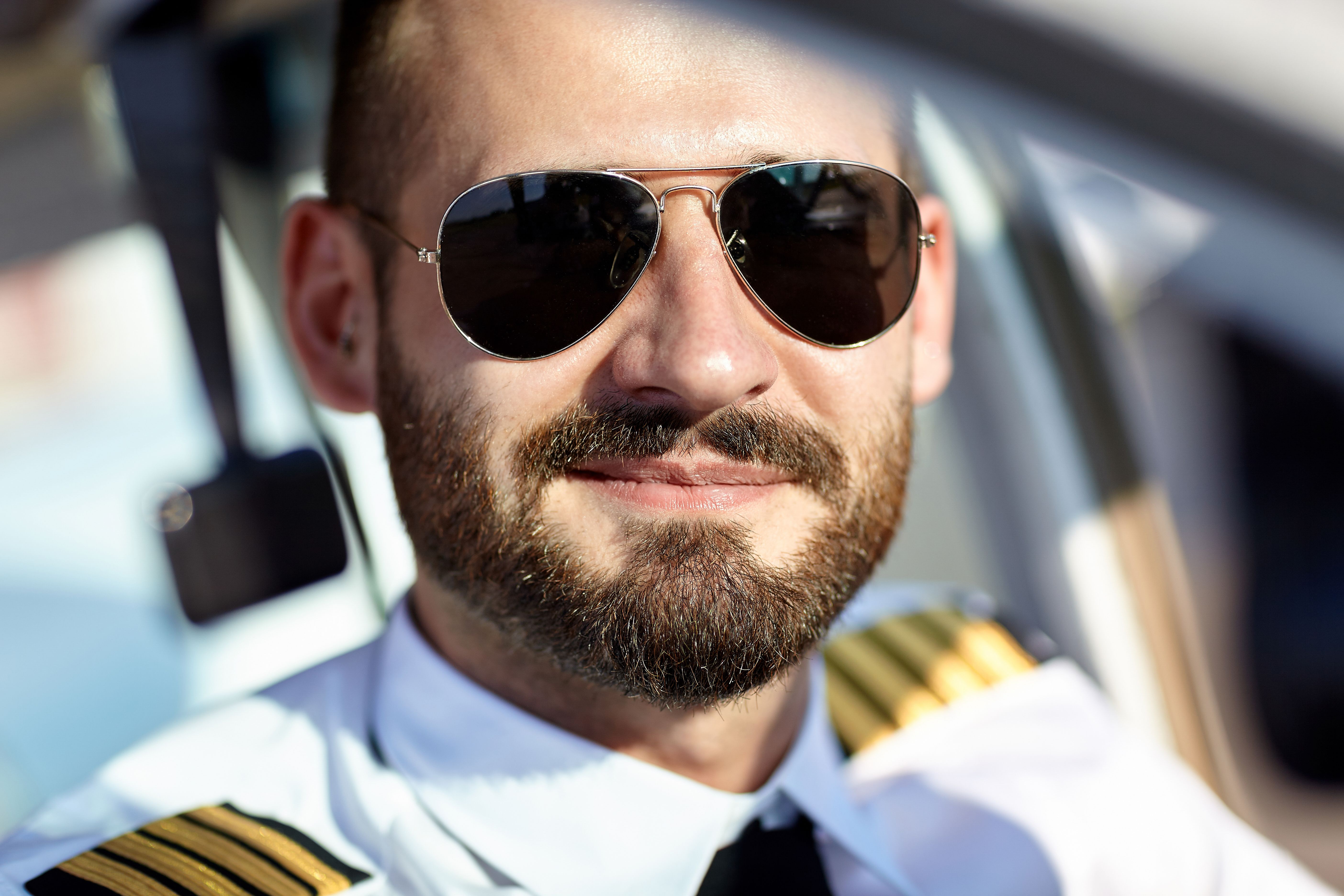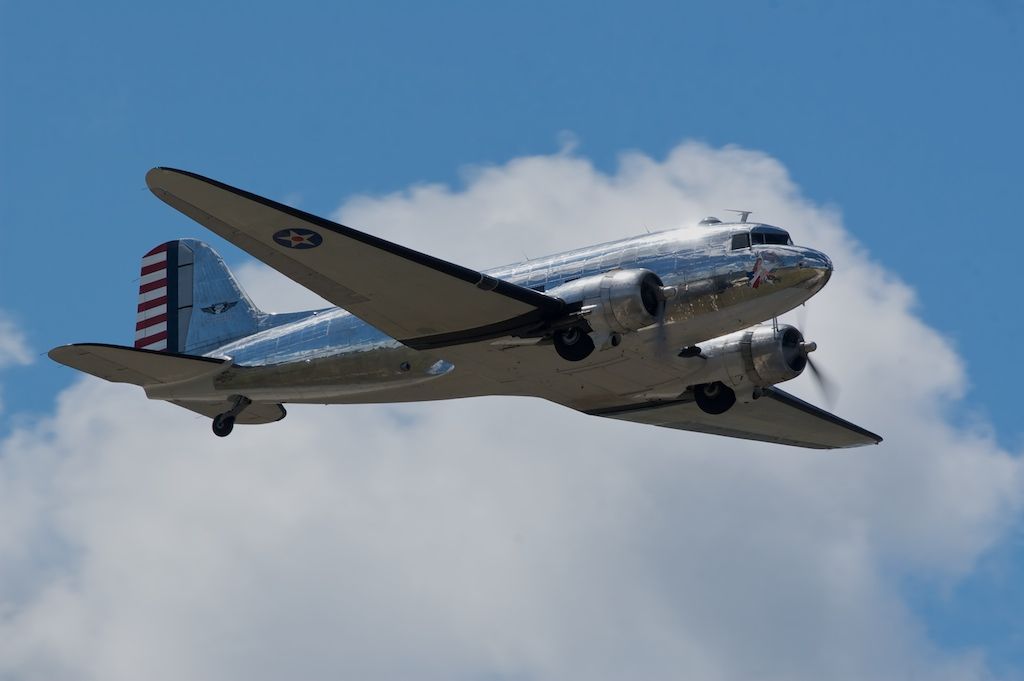Summary
- Deaf-blind activist, Helen Keller, piloted an aircraft for 20 minutes in 1946 with guidance from the flight crew.
- Keller, known for her fearlessness, surprisingly demonstrated sensitive control over the plane despite her disabilities.
- Despite social media conspiracies, there is documentary evidence supporting Keller’s 20-minute flight experience.
Professional piloting, whether military or commercial, usually requires the ability to see and hear well. Flying an aircraft safely requires pilots to see their surroundings and instruments as well as listening for communications. Passing vision and auditory exams is mandatory to acquire an aviation medical certificate from the regulatory authority.
There have been some notable blind pilots throughout the history of aviation, but it’s unusual, and it is possible for the hard of hearing to become pilots, but with certain restrictions.
But there’s a story that suggests that, in June 1946, a deaf and blind passenger onboard an aircraft flying over the Mediterranean Sea had the opportunity to become its pilot for just under half an hour of the entire flight journey. That passenger was well-known deafblind activist Helen Keller, who was known for being fearless and up for a challenge. But is there any truth to the story that she took control of a passenger jet?
Who was Helen Keller?
Born on June 27th, 1880, Helen Adamas Keller unfairly lost her sight and hearing abilities after a strange course of undiagnosed illness when she was just under 20 months old. Despite this early obstacle, Keller learned language through reading and writing in school, obtaining her education at both specialist and public mainstream schools. Eventually, she graduated from the Radcliffe College of Havard University to become the first deafblind student in the US to earn a Bachelor of Arts degree.
Having worked for the American Foundation for the Blind from 1924 to 1968, Keller often flew as she toured within the US and explored at least 35 countries worldwide. With her frequent travels, she became a global advocate for those suffering from impaired vision or vision loss. Eventually, she became an international campaigner for women with disabilities, their labor rights, and world peace.
Keller was also a well-respected author, having written around a dozen books, hundreds of essays, and speeches on various topics. As she continued focusing on wanting the world to acknowledge and recognize the capabilities and talents of people with disabilities, Keller was always keen on trying new adventurous things – such as diving and sledding down snow slopes. Then there’s the bewildering story of her having flown an aircraft.

Related
Inspiring: A Look At Some Of Aviation’s Notable Blind Pilots
Sight seems inextricably linked to flying, but two blind pilots accomplished the impossible.
How did Keller fly an aircraft?
- Keller sat in the co-pilot’s seat with the pilot beside her
- The plane crew were amazed at her sensitive touch on the controls.
- There was no shaking or vibration.
- She just sat there and flew the ‘plane calmly and steadily’.
Aged 66 years old in 1946, Keller and her translator companion Polly Thomson boarded a quad-engined Douglas C-54 Skymaster from Rome to Paris as part of her then-itinerary of Europe before they would travel to India, Africa, and the Middle East on behalf of the American Foundation for the Blind. When the aircraft was crossing the Mediterranean Ocean, Keller and Thomson asked the flight crew if the former could have a go at the flight controls, and the flight crew kindly obliged.
The American Foundation for the Blind highlights that as Keller sat in the co-pilot’s seat, the commanding pilot allowed her control of the aircraft for an estimated 20 minutes. During this period, he gave Keller instructions by relaying them through Thomson, who would communicate with Keller by signing the words into her palms. But according to Thomson, it was not like Keller needed much instruction, much to even the flight crew’s pleasant surprise, as the temporary new pilot flew very calmly and steadily.
According to Dr. Helen Keller, as reported by AFB.org archival blog,
“It was wonderful to feel the delicate movement of the aircraft through the controls.”
Even though she could not see the controls nor hear the rumble of the engines, Keller was described as having a sensitive touch to the flight controls. While she was highly commended for these 20 minutes, Keller was certainly having a blast as she later described this experience as:
“The delicate movement of the airplane feels better than ever before as a pilot, it was wonderful!
Did it genuinely happen?
- June 1946
- A flight from Rome to Paris
- Crossing over the Mediterranean Sea
- Dr. Helen Keller was a passenger on the flight
- She became the pilot for approximately 20 minutes
Although Keller’s 20 minutes of admired piloting has been well documented through newspaper clippings, older interviews by various news outlets at the time, and has been covered in the archives by the American Foundation for the Blind, conspiracy theorists on social media – most notoriously on TikTok – have been calling this story a blatant lie. Some theories even went as far as to insinuate that Keller was faking her disability, which was why she was able to do everything as well as any able-bodied person.
Despite all these social media conspiracies trying to determine fact from fiction, it’s undoubtedly a fact that deafblind activist Keller did indeed fly a quad-engined aircraft for a period while under the careful and admiring instructions and observance from the flight crew and her trusty travel companion Thomson. And to erase further doubts, Keller also famously said:
“Flying made me feel more physically free than anything else I’ve experienced in my life.”
Now, as if that wasn’t the soul of a true pilot speaking then.

Related
A Complete History Of The Douglas DC-3 Airplane
All there is to know about DC-3.



